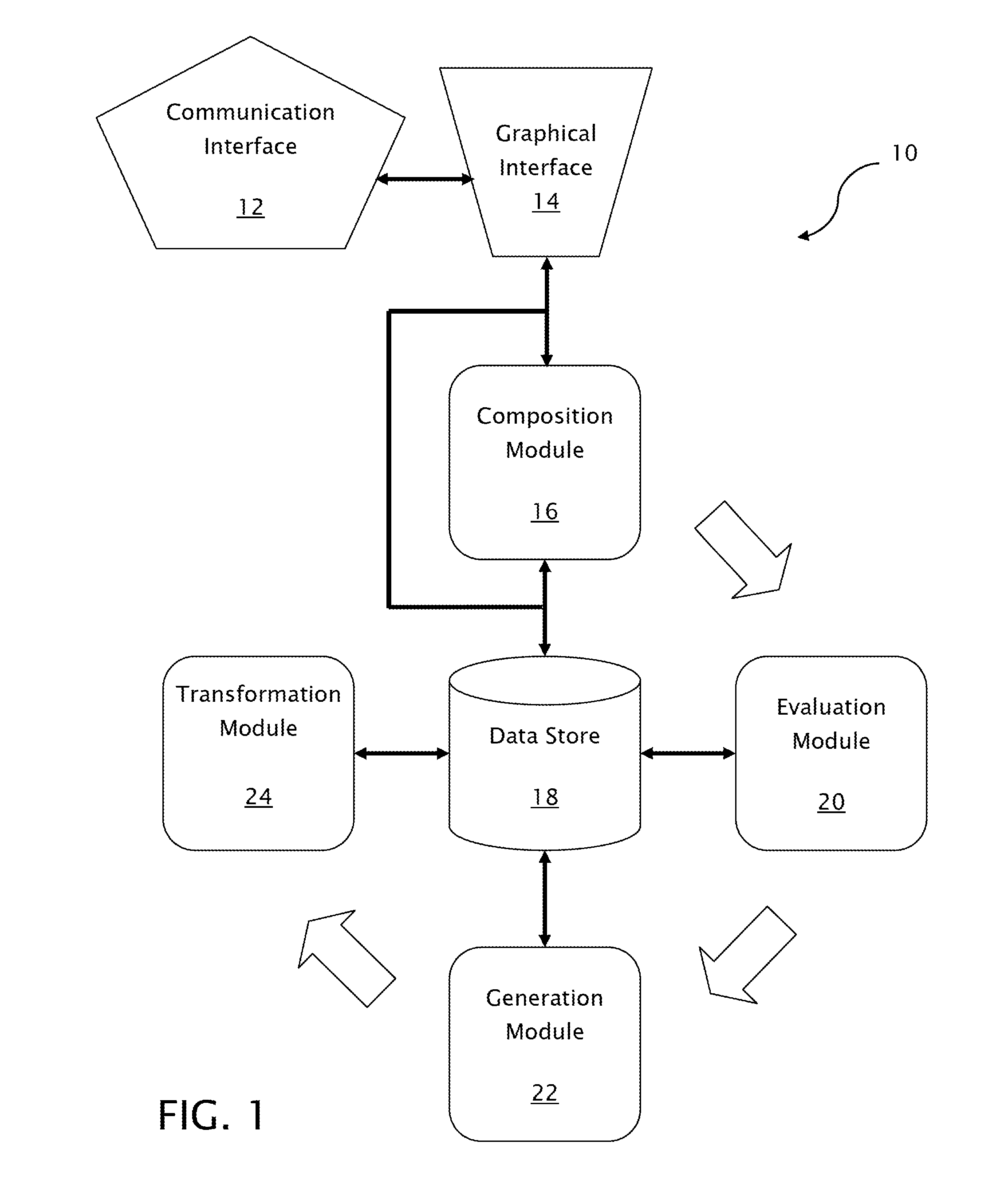Generating a new synthetic dataset longitudinally consistent with a previous synthetic dataset
a synthetic dataset and longitudinally consistent technology, applied in the field of generating a new synthetic dataset longitudinally consistent with a previous synthetic dataset, can solve the problems of losing relevancy, testing or development organization to the wholesale replacement of an already installed synthetic dataset, high cost and other complexities associated with the deletion and loading of entirely new datasets
- Summary
- Abstract
- Description
- Claims
- Application Information
AI Technical Summary
Benefits of technology
Problems solved by technology
Method used
Image
Examples
embodiment 1
[0062]With reference to FIG. 6, generate new dataset at the time that a first observation window ended:
[0063]Given a first dataset based on an observation window that ends at time T1_End, based on a population of N entities as of time T1_End, and for each member of the population there are associated characteristics and histories as of time T1_End, a second synthetic dataset is generated[0064]with an observation window that starts at time T2_Start=T1_End;[0065]based on a population of M entities as of time T2_Start; and,[0066]within the population of M entities there exist at least P distinct entities (P2_Start that are equivalent to those from a distinct member of the first dataset as of time T1_End.
embodiment 2
[0067]With reference to FIGS. 6 and 12, generate new dataset at the time that a first observation window ended (all population members present in the first dataset at time T1_End are present in the second dataset at time T2_Start, no new population members present in the second dataset at time T2_Start):
[0068]The arrangement of Embodiment 1 where P=N and P=M.
embodiment 3
[0069]With reference to FIGS. 6 and 13, generate new dataset at the time that a first observation window ended (all population members present in the first dataset at time T1_End are present in the second dataset at time T2_Start, new population members present in the second dataset at time T2_Start):
[0070]The arrangement of Embodiment 1 where P=N and P
PUM
 Login to View More
Login to View More Abstract
Description
Claims
Application Information
 Login to View More
Login to View More - R&D
- Intellectual Property
- Life Sciences
- Materials
- Tech Scout
- Unparalleled Data Quality
- Higher Quality Content
- 60% Fewer Hallucinations
Browse by: Latest US Patents, China's latest patents, Technical Efficacy Thesaurus, Application Domain, Technology Topic, Popular Technical Reports.
© 2025 PatSnap. All rights reserved.Legal|Privacy policy|Modern Slavery Act Transparency Statement|Sitemap|About US| Contact US: help@patsnap.com



